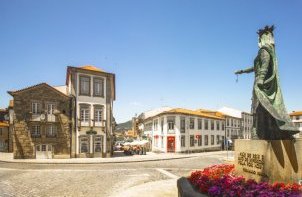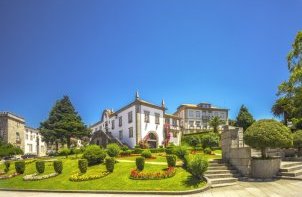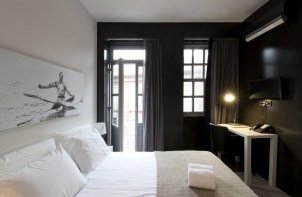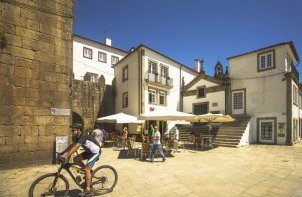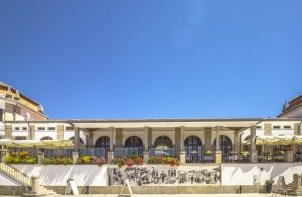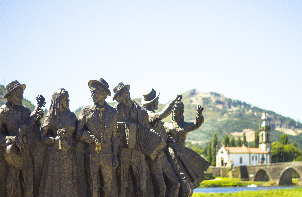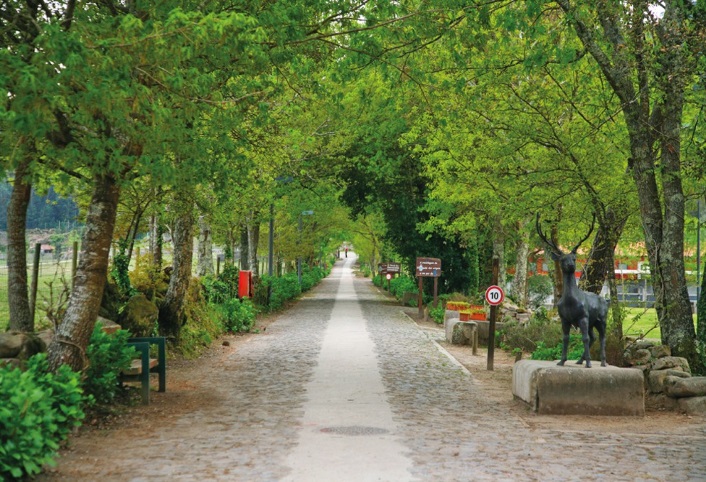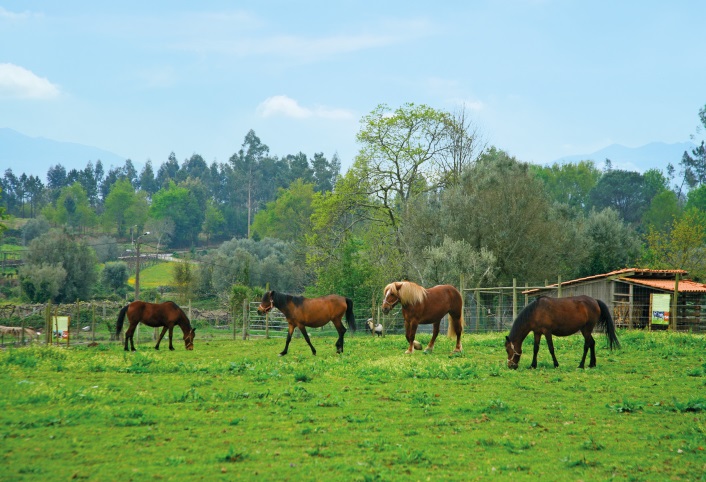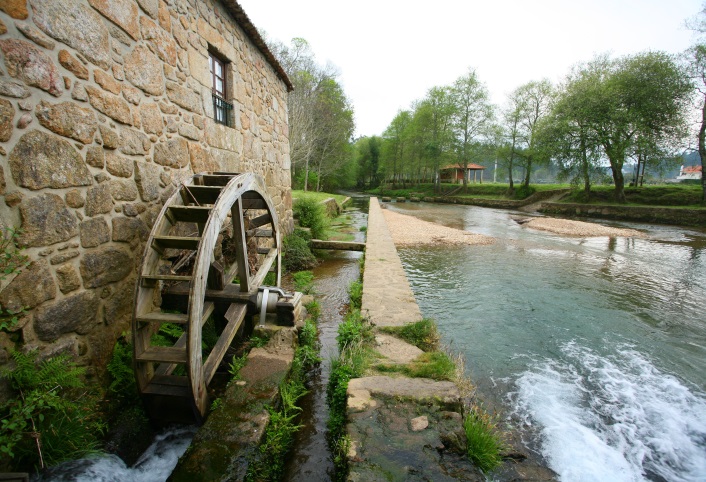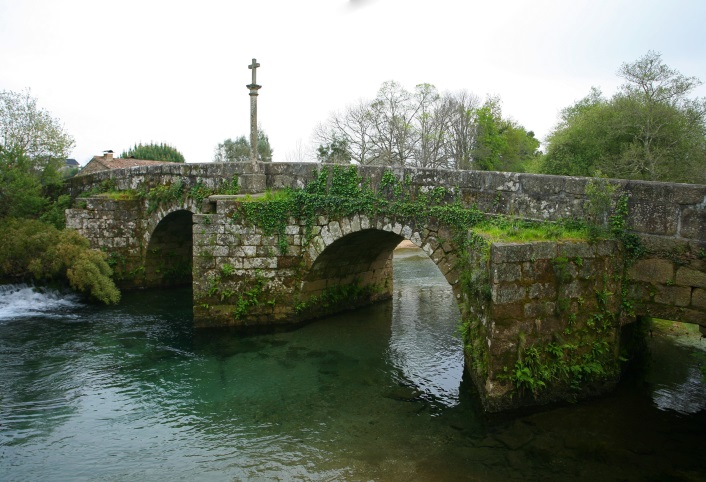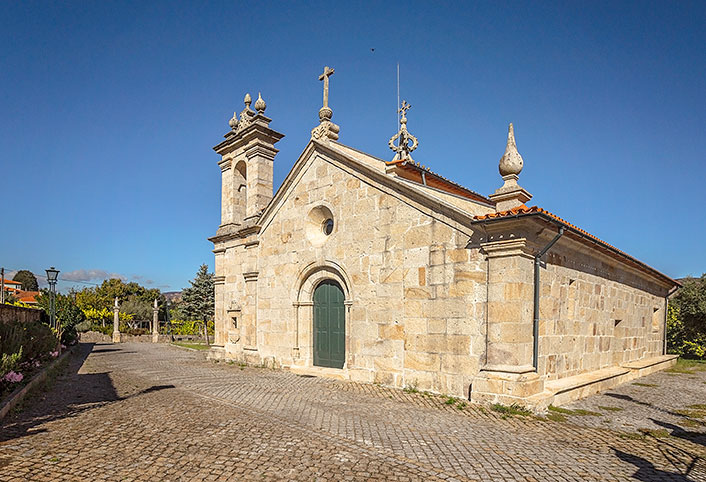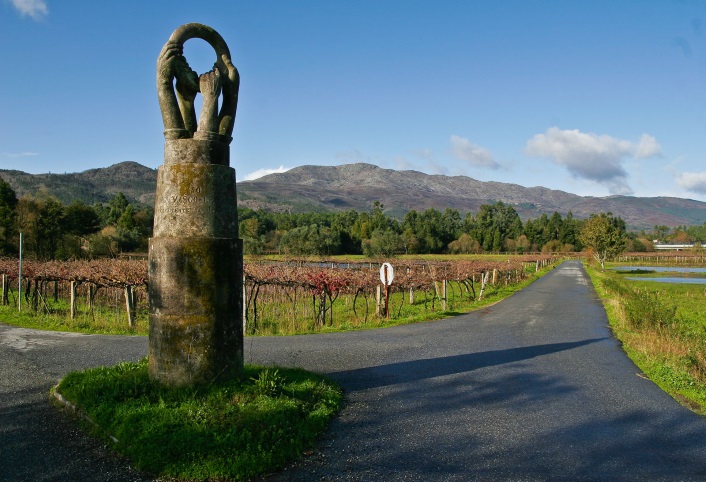Watermill Route
The Watermill Route is a footpath called the short route. The respective markings and signs conform to international standards. The course is mainly undertaken within the Protected Area (PA) of influence of the Bertiandos and S. Pedro de Arcos ponds, with mandatory passage by the watermill of Estorãos.
We begin the route next to the Pentieiros Estate, agricultural and forest exploitation acquired by the Municipality of Ponte de Lima within the PA enhancement project. The estate, which can be visited for a symbolic value, includes associated housing, recreation and leisure equipment, as well as a demonstration of techniques of agricultural and forestry cultures, being that the latter are part of an educational farm.
A notable highlight of the Estate of Pentieiros, edified heritage of Mr. Gonçalo de Sousa Menezes had all during the XVII Century the same first born son as the manor of Bertiandos, Francisco Pereira da Silva. Back to the route, we take Municipal Road 525 heading toward Estorãos. We recommend a visit to the Church of Estorãos, temple that has undergone several additions over the centuries. During some works at the beginning of the XX Century a plough attributable to the Roman period was found and dedicated to the genius Tiauranceaico, one of the genius guards of the settlements. This instrument is in the National Archaeological Museum, while there is a copy in the church. The bell tower is the work of mid XX Century.
From the church you can enjoy the watery and riverside landscape of the River Estorãos by crossing over a magnificent bridge that many say is of Roman work, but is actually a XVI or XVII century construction. It has three unequal arches and cut-waters that are similar to the Roman bridges, but does not have any other element to date that period. Yet the comparison is not misplaced because the Roman road runs very close and the river Estorãos would have to be crossed in winter in an elevated place due to flooding.
Still on the bridge, we can admire a cruise at its center. On the shore a recently renovated watermill functions as rural housing for tourism and is an example of many who found in the river its source of energy. On the right bank, at the mouth of the bridge, are the shrines that served to protect travelers, reminding them to pray as a way to safeguard them from harm. All of this setting has architectural elements going back to the XVIII century.
Following the route, turn right just after the watermill, to find the Saint Amaro chapel, a temple hailng from the XVIII century containing besides the patron image, the image of St. Peter and Our Lady. At the Statue of Four Hands, symbol of the union between four parishes in face of serious subsistence problems, we cross the river Estorãos and agricultural area known locally as the fertile valley of Cork Oak. Returning to the Estate of Pentieiros, we go past the old facilities of the Co-op of Estorãos - associated with the agricultural land consolidation project of the 60’s recovered by the Municipality of Ponte de Lima to support the promotion of agricultural and forestry activities of the PA and surrounding area.
Download the file:

